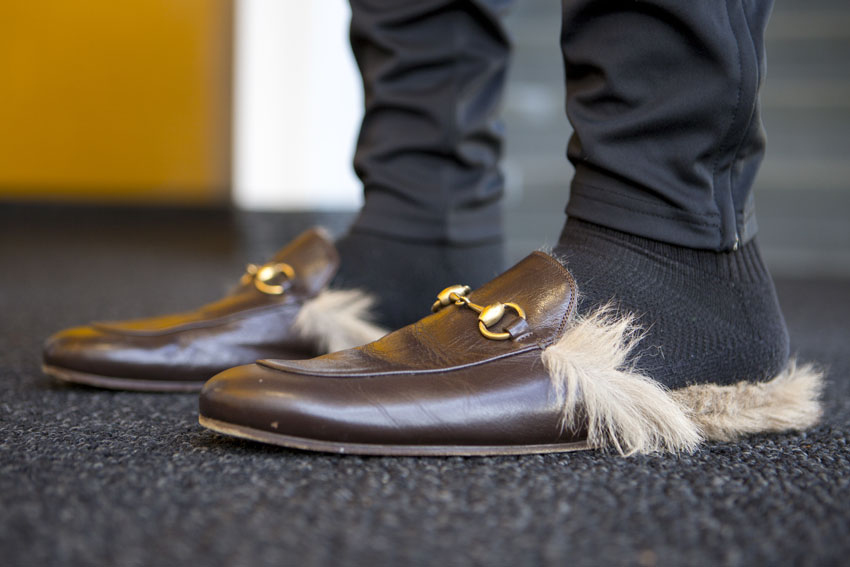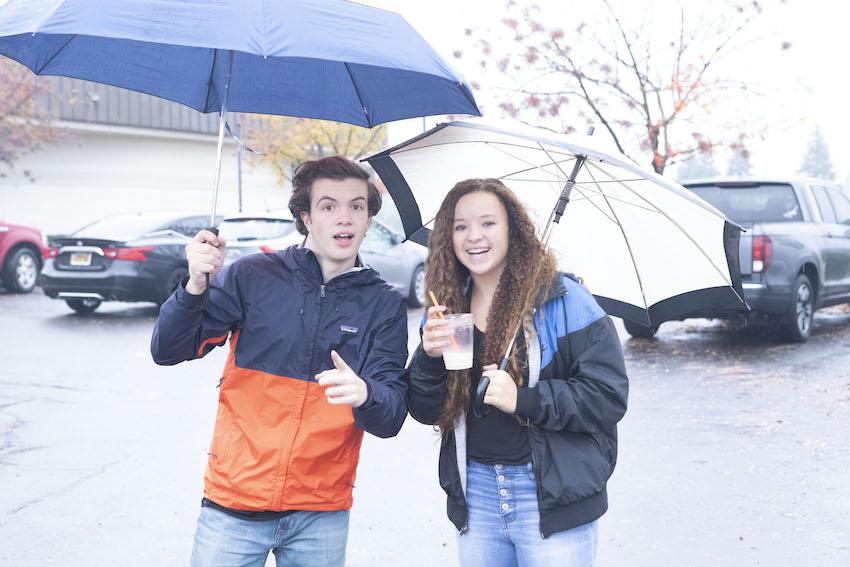
Realized or not, all teens are victims of mass marketing. From a pro football player advertising the newest energy drink to a YouTuber showing off the hottest makeup brand, teens everywhere view marketed products and wonder if the advertised item would have the same effect for them.
According to the Raising Children Parenting Guide, indirect media influences suggest to teenagers that flashy advertisements show ‘normal’ ways to look and behave. However, most products being heavily advertised show a celebrity promoting a product they do not use.
Teens come to believe that if they do not buy a certain item, their life is less than ideal. Marketers know this about the current generation, so they use different techniques and tactics to persuade oblivious teens to indulge in their product.
Marketers use five different techniques to convince teens to buy their products, according to Chron. The list includes “family togetherness, celebrities, the bandwagon effect, music and the cool factor.” All these strategies use ideas adolescents are attracted to to get them to pull out their wallets.
A recent poll taken of all the high school students at Fresno Christian revealed that over 60% of the students prefer Nike over a variety of other brands. They explained that the clothes were good quality and fit their style. Nike promotions show up frequently, making the product appealing and a regularly consumed athletic brand.
Freshman Sarah Smith encountered the “cool factor” marketing tactic when she went to buy athletic clothes. The Nike symbol and slogan, “Just Do It” proved helpful in convincing her to buy new running shoes.
“My favorite name brand to buy is Nike,” Smith said. “It’s good quality for athletics and makes playing sports so much easier. The slogan is really convincing too, sort of like an encouragement and inspiration to work hard. Nike is advertised everywhere so it made me want to buy their shoes because I knew they are popular and good quality.”
The following video includes HS students sharing their experiences with mass marketing.
While many students buy expensive items to fit in, others shy away from the name brand products. Senior Kensy Neal makes sure to purchase items at the best price and value, rather than thinking of a product’s name.
“I usually buy Ipsy, a monthly makeup subscription box,” Neal said. “Ipsy, in particular, comes with a lot of different variety at a cheaper price, making it appealing to buy. Lately, I’ve been seeing different makeup pallets and new brands selling products for a lot of money, but those just seem like a waste of time. You can get the same thing with Ipsy for way cheaper and the same colors.”
In reality, some expensive brands are better for certain people and spending the extra money truly benefits them. But unless you have done your research, most heavily advertised brands promote a model with spotless skin and an athlete whose performance has been digitally enhanced. Purchasing an essential item rather than out of impulse helps to save money and time.
Acknowledging marketing techniques and advertisement tactics can help to guard against future temptation from overwhelming name brand promotion. By recognizing what ads affect you and tracking money spent, you can save yourself money and time. Next time you are wondering whether or not to buy something, ask whether it is out of impulse or necessity.
For more Feather videos, visit media, videos 2017-18.
This author, Kaden Friesen can be reached via, Twitter and email.




